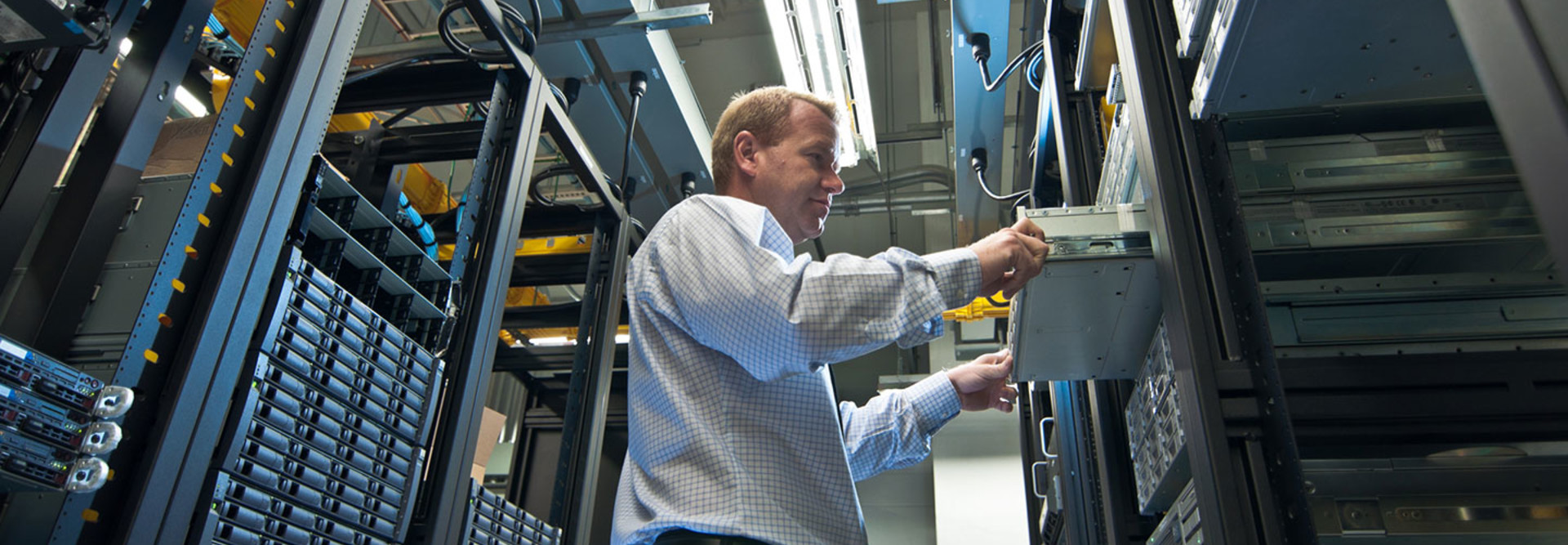When It's Right to Keep Operations in On-Premises Data Centers
Despite the potential advantages of cloud, there are good reasons for businesses to host some workloads in their data center. “Anything that needs high security, requires legacy hardware or is absolutely critical to the firm is best left on-premises,” says Rob Enderle, president and principal analyst at the Enderle Group.
“It’s also often uneconomical to transfer data-hungry applications off-premises,” says Fabio Gori, cloud solutions product marketing director for Cisco Systems. “If you have systems that need large amounts of data, you may not want to move them. There will be too much data to move, and that tends to make things more expensive.”
Some Apps Can't Be Easily Moved
There also are mainframe workloads in large organizations that aren’t “really ripe” for migration — technically or financially, according to Lori MacVittie, principal technical expert at F5 Networks. Entire classes of applications that serve as hubs of data integration, such as enterprise application integration and enterprise service bus software, can’t be moved without moving every dependent application.
“It’s difficult to extricate them without disrupting a broad swath of the enterprise application portfolio,” she explains.
There are also apps that are tightly coupled with, and rely on, services that may not be available in a cloud environment. “These are services that address performance, access control, authentication and security,” MacVittie says. “Moving off-premises would require either a complete lift and shift of all dependent app services or an expensive reworking of the entire architecture to use whatever options are available off-premises.”
For some organizations, IT governance and compliance issues may arise when migrating applications to the cloud. “Companies in regulated industries may be hesitant to move offsite due to concerns about liability and remaining in compliance with whichever government or industry regulations govern them,” Fratto says.
Moving workloads to the cloud can also create new staff productivity and training challenges. “You’re introducing a new environment and possible new services to staff members who may not be ready to deal with them,” MacVittie says. “It’s another environment that must be managed, and it’s pretty much a guarantee that it won’t be like the traditional data center.”
Enderle believes that younger, smaller organizations running newer apps with generally modest security needs are the ones most likely to reap the greatest benefits — and have the fewest problems — with a cloud migration. “The higher the security requirement and the older the application, the more likely it is better done on premises,” he says.
Plan Out Cloud Migrations
An organization that’s looking to move one or more workloads to a cloud environment needs to begin preparing for the task well in advance. “Start with experts, either internal or external, who have lots of experience,” Enderle advises. “Put together an assessment plan, and then rank the applications against policy and migration cost to develop a prioritized migration list.”
MacVittie suggests beginning with workloads that have the fewest ties to on-premises resources. Apps with fewest dependencies on other apps, data sources and app services will require the least integration work. “Use them to explore what options are available and as a blueprint for how to migrate more complex applications in the future,” she says.
MacVittie also advises working with a systems integrator. “They have experience with a wide range of applications, architectures and cloud environments,” she says. “That insight can help provide a better understanding of the cost and effort involved, enabling the organization to map out a plan that doesn’t strain budgets or stress staff.”









